Bergevin Versus Savard – Unfair to Compare…Yet
June 18, 2020
By Grant McCagg
Geoff Molson is no Terry Pegula. No firing his general managers every 2.5 years if they don’t produce instant results.
For some Habs fans, this is not a good thing. Marc Bergevin, after all, has failed to take the once-proud franchise past the first round in the playoffs the past five years, and even missed them altogether on three occasions. If the Canadiens fall to Pittsburgh in the qualifiying round in the NHL’s unique “play-in”, adopted because of the COVID-19 pandemic shutdown, it will be four years out of the past five that the club failed to even make the playoffs.
I recently pointed out on Twitter that, if the Canadiens fail to win at least two rounds this year (including the series against Pittsburgh), after the 2020 draft the Canadiens will have six players in the organization under the age of 26 that were top-15 selections. The club hasn’t had that quality of young depth since Sam Pollock stocked the cupboards to the brim. Sam was the master at accumulating first-round picks from expansion teams, sometimes picks that wouldn’t be made for two or three years, knowing fully well that those teams would likely still be mediocre when Montreal made the selections. He was often right.
The last time the club had a farm system full of promising talent was when Serge Savard was GM, and the recipient of Pollock’s many years of adding high draft picks.
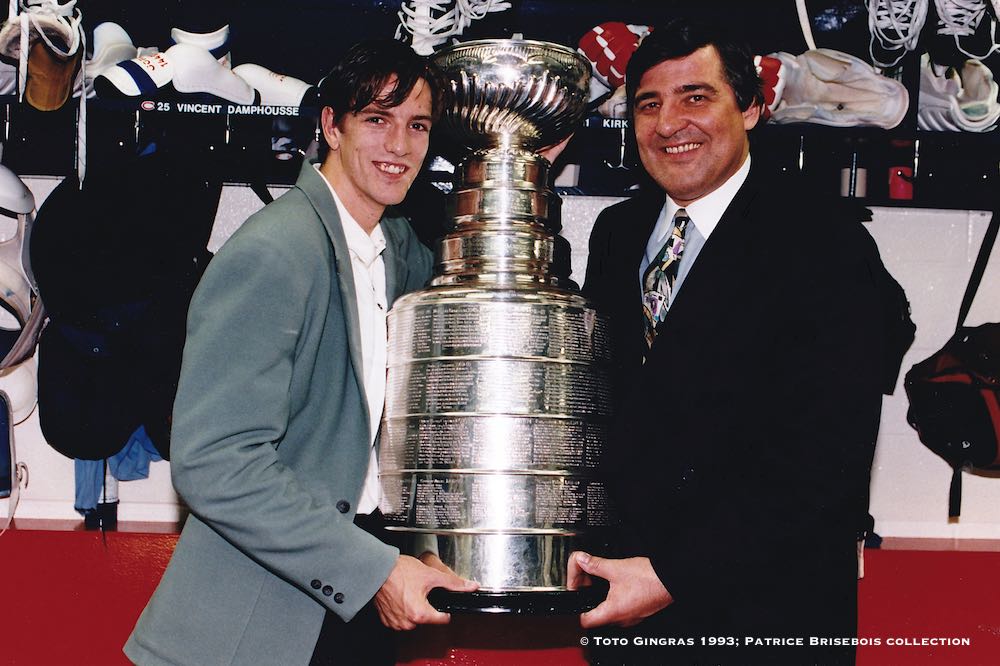
Disgruntled fans comment quite frequently about how much better Savard was as GM than Bergevin, especially since he was able to bring the Cup back to its rightful city within three years as GM, while the best Bergevin could do in his first three seasons was take Montreal to the conference finals; an accomplishment he has not come close to repeating.
You cannot argue that Savard wasn’t more successful through his first eight seasons. Even the most ardent Montreal fans who recall the 1986 and 1993 seasons, however, will admit that the Canadiens were quite fortunate to win it all. They finished seventh overall during the 1985-86 regular season with 87 points, and were taken to Game 7 of overtime in the semi-finals versus a Hartford team that finished last in the Norris Division. A 20-year-old Savard draft pick named Claude Lemieux started carving out his legacy as a playoff monster with his overtime goal to get the Canadiens to the conference finals versus a Cinderella New York Rangers squad.
The first round of the playoffs was five games in those days, and the Habs were the benefactors of the Rangers upsetting Philadelphia in Round 1. The Flyers were Cup finalist the year before, and finished with 110 points in 1985-86, while the Rangers barely squeaked into the playoffs with 72 points.
Habs fans in 1993 were doing cartwheels when David Volek’s overtime goal sunk the two-time defending Stanley Cup champion Pittsburgh Penguins in Game 7 of the Patrick Division finals. Pittsburgh finished the regular season with 119 points, ten better than the next closest team, and 32 points more than the Islanders.
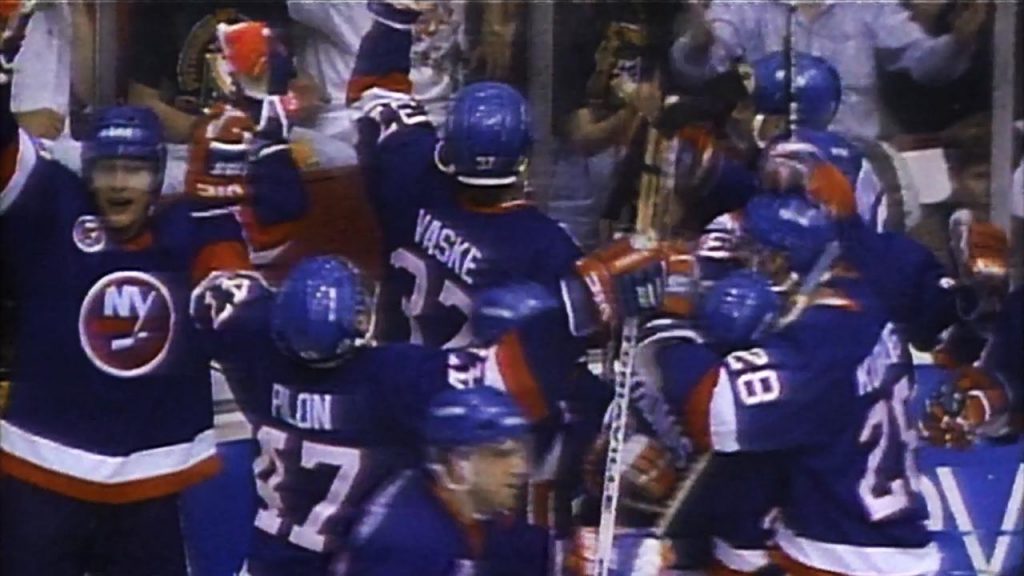
Montreal native Mario Lemieux often stepped up his game versus his hometown Canadiens, registering natural hat-tricks and four-goal periods in two memorable instances, and Canadiens’ fans were not envisioning the club being able to handle the powerful Penguins no matter how solidly Roy was playing in nets. The Canadiens would win 10 overtime games that playoff in a Cinderalla run not seen before or since, and the infamous stick measurement while trailing late in Game 2 versus Los Angeles was seen by many as the turning point in the Stanley Cup finals.
An even larger upset back in 1986 was Calgary defeating the two-time defending champion Edmonton Oilers in the conference semi-finals. The Oilers were in the middle of their dynasty, and thought to be unbeatable before Steve Smith ended their dreams by banking a pass off of Grant Fuhr into his own net. If the Canadiens face Philly, and especially Edmonton that playoff year, it was difficult to envision them defeating one of them, let alone both.
Yet they won in 1986, and Savard deserves some credit for the championship. He was, after all, the GM, and he did draft Claude Lemieux and Patrick Roy, who would win the Conn Smythe that season.
What you can argue, however, is just how much of an impact Savard had in “building” that 1986 team into a surprising Cup winner. When you compare what Savard and Bergevin had to work with when taking over the managerial duties, there is a stark contrast.
Savard joined a club with 11 former top-12 picks on the roster, including four that were selected first overall. When you add in Mats Naslund, Larry Robinson and Chris Chelios….the organization had loads of quality talent, and the assets to make trades to further strengthen the club.
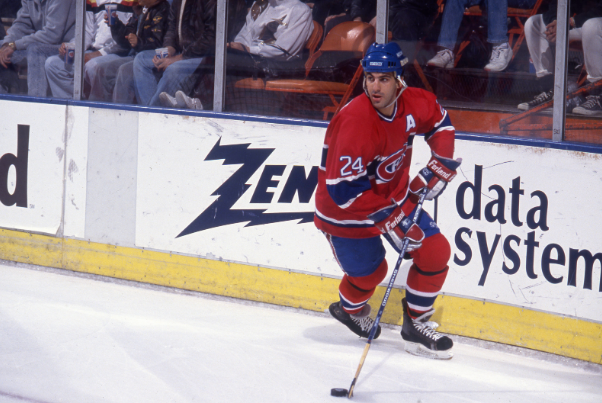
Bergevin didn’t have 40-goal scorers like Mark Napier that he could turn (along with solid NHLer Keith Acton) into yet another former first overall pick in Bobby Smith. In fact; Bergevin joined a club that was quite bereft of quality veterans or young talent. The Canadiens had one former top-12 pick in the entire organization when Bergevin came on board in 2012, and that was Carey Price in nets. Savard had 11 former top-12 forwards and defencemen…Bergevin had ZERO.
Did Savard add some great players through the draft in the mid 1980’s? Yes he did. The 1984 draft was an incredibly impactful one, as the club selected Petr Svoboda, Shayne Corson, Stephane Richer and Patrick Roy with their first four picks. No one can dispute the Roy pick being one of the best in terms of value in NHL history; arguably one of the three greatest goaltenders ever. Savard traded one of those assets he inherited in former third-overall pick Robert Picard to get that draft pick.
The same thing with the Svoboda pick. Former GM Irving Grundman traded Pierre Larouche to get that pick two years earlier. Claude Lemieux and Sergio Momesso were both draft picks Savard had obtained by trading off players valued by other teams enough to warrant surrendering top-30 picks. He had the organizational depth to swap players for high picks, and to his credit, the solid scouting staff (which he also, for the most part, inherited) made six terrific picks over a two-year period that would ultimately help the Canadiens win two Stanley Cups during Savard’s rein.
Bergevin had no such luxury. He took on a bare-bones group of scouts that Gauthier had gutted because he was a believer in cutting costs and having skeleton staffs. Gainey/Gauthier had further hamstrung that staff by giving them only six top-90 draft selections over a four-year period from 2008-11, when the total should have been at least 12 for a club that wasn’t an NHL contender.
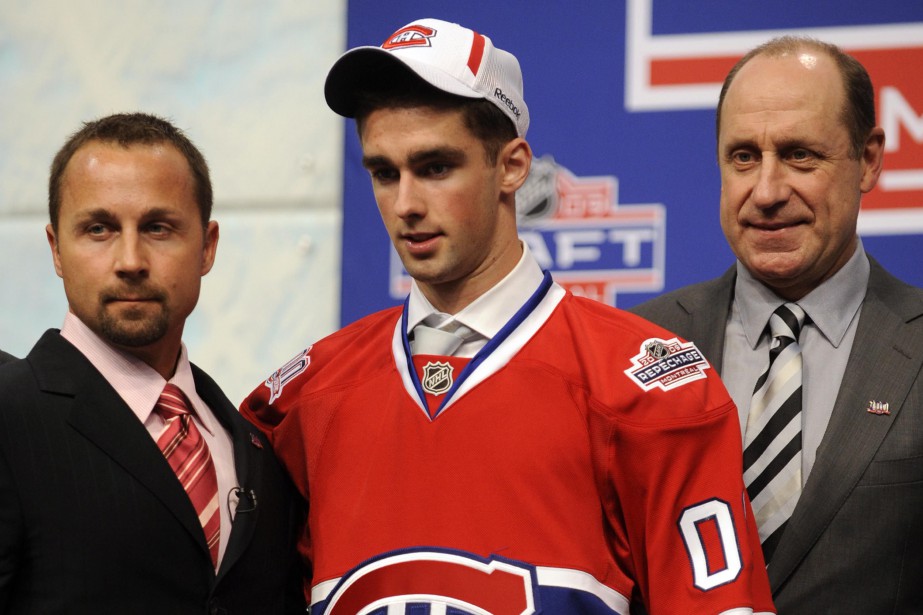
In large part because of the lack of recent draft selections and no picks in the top 15 since 2007, when Bergevin joined the Canadiens, the top prospects in the organization were Nathan Beaulieu, Jarred Tinordi, Brendan Gallagher, Louis Leblanc and Dalton Thrower. He had three terrific players under the age of 26 on the roster in PK Subban, Max Pacioretty and Price, but that was it. Those three, Gallagher, and perhaps Lars Eller, were the only above-average young players in the entire organization.
Today, the Canadiens have ten former top-50 picks under the age of 26 in the system in Jonathan Drouin, Max Domi, Nick Suzuki, Jesperi Kotkaniemi, Alex Romanov, Cole Caufield, Jesse Ylonen, Noah Juulsen, Jayden Struble and Ryan Poehling who have yet to reach their primes. Three more will be added at the 2020 draft. It’s quite likely that the majority of those top-50 selections match or better Leblanc, Tinordi, Beaulieu and Thrower as NHL players before their careers are over. Some already have done so.
Much like Savard, Bergevin is trying to build a contending hockey club through the draft, albeit, one that doesn’t have anywhere near the same quality depth as Savard’s at the outset.
Montreal’s early success under Bergevin ended up harming the organization in the long term even if it was refreshing to win a few playoff series for a change. The Canadiens weren’t a true contender in a period where they won two division titles, yet they advanced to the conference finals in 2014 with a club that had David Desharnais as a first-line center.
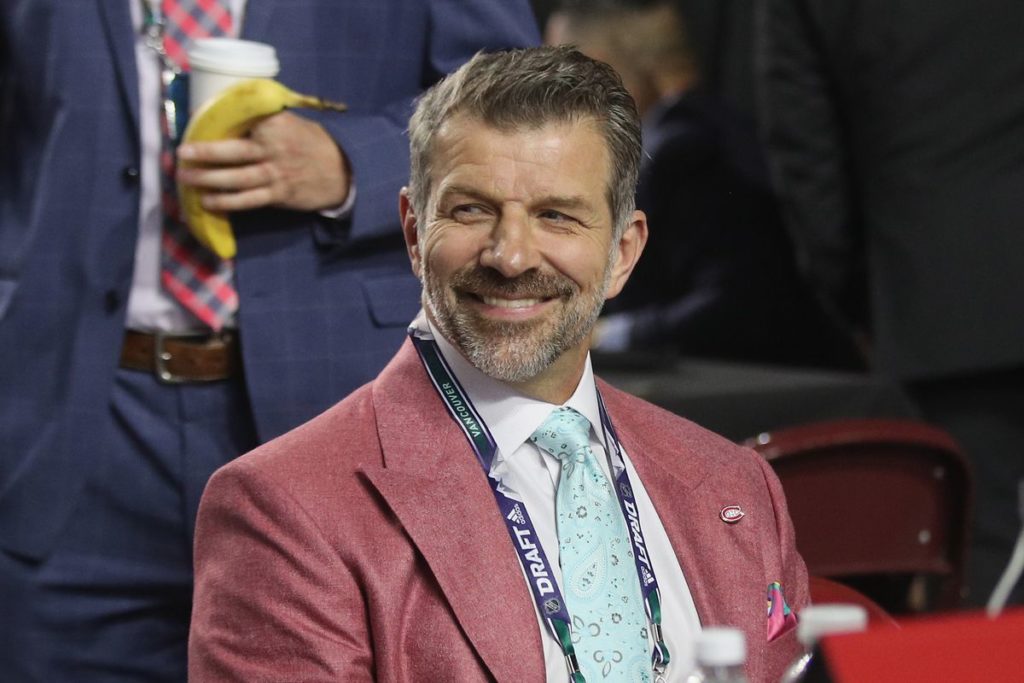
Since they were leading their divison, or in contention, in three of those seasons as the trade deadline approached, Bergevin was compelled to add players instead of selling. The club had few prospects of high regard at the time, so Bergevin’s only valuable trading chips were high draft picks, and between 2014-16, head scout Trevor Timmins and his staff did not have a second-round draft pick.
It would have been nice to add a Brayden Point in 2014, a Cirelli in 2015, or Adam Fox in 2016. All three were certainly regarded highly enough by the Canadiens’ scouting staff to be picked in the top 60, especially Fox, who the Habs ranked very highly.
Once the reality of the Canadiens not being an especially deep and talented team struck home during the 2016-17 NHL season, Bergevin decided that it was time to start accumulating draft assets instead of trading them away. No more dealing of second-round picks for quick fixes; Bergevin instead started adding top-90 selections, giving a fortified draft staff better opportunity to find draft gems such as Romanov.
This was the right strategy, and a sign that Bergevin was sincere in his assertions that he was building a team for long-term success instead of adding quick fixes to try to save his job.
It has yet to translate into on-ice victories, and that’s no surprise, as few of the picks from the past three drafts have had time to make any major impact. Where the club should really start to see tangible results this season is in Laval. Expect the Rocket to make the playoffs and be solid contenders over the next few seasons as Montreal’s AHL club gets plenty of top-90 talent added to the roster each season instead of trying to piece together a farm team with late picks, free-agents and undrafted players.
As the Canadiens get more competitive, look for Bergevin to add significant pieces to fill the spots needed to contend, and that will be possible due to his accumulation of tangible assets. The Canadiens made 32 selections in Bergevin’s first five drafts. If the club keeps all of its 14 picks in the 2020 draft, it will have made 42 selections in the past four drafts alone, including 21 top-90 selections. For some perspective – Montreal made 21 top-90 selections in the previous eight drafts.
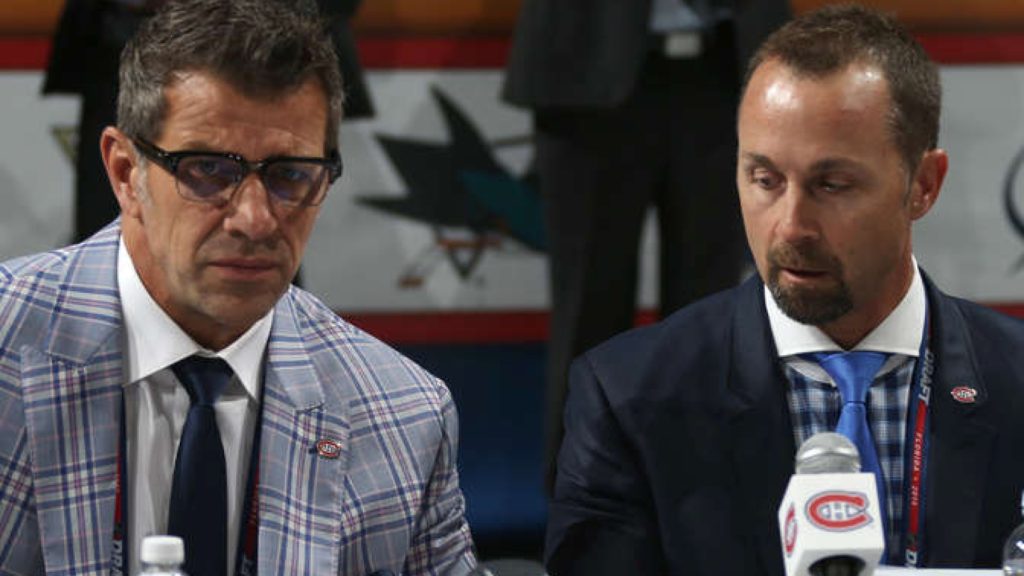
Has Bergevin been as successful through eight seasons as Savard was in a dozen years? Unquestionably; he has not. Let’s be fair, though – it is only now that the club is anywhere close to being as deep in quality talent as it was when Savard was hired in 1983. Whether Bergevin is still here or not is up in the air, but let’s see how the club performs over the next few seasons with Bergevin finally having the ammunition to shape this club into a true contender.
He wasn’t going to package Dalton Thrower, Louis Leblanc and a fourth-round pick for a first-line center in 2012. Today, however, he could offer, for example, Cole Caufield, a second-round pick, and Cale Fleury/Josh Brook/Noah Juulsen in a package deal for a much-needed piece (top-pairing left defenceman, for instance), and still have plenty of young talent in the system. I’m not saying he would trade Caufield; what I’m saying is he could.
Over the next few years the club will have quality depth for the first time since the Savard era, and that is what has been needed. There will be quality prospects that simply won’t have a roster spot, and either players on the roster will be moved to make room, or some of those prospects will be moved. Bergevin can continue to add more draft picks, and hopefully, some quality NHLers, when it’s needed…just as Savard was able to do in the 1980’s and early 90’s. That depth is a major reason why the Canadiens won two Cups and appeared in three NHL finals in Savard’s 12 years as GM.

Contrary to popular social media opinion, Bergevin never stressed publicly that there was a five-year plan, Glancing at the organizational depth chart in 2012; it would have been preposterous to suggest that the club could win a Cup within five years. It was broken, and fixing it properly was going to take plenty of time.
That said – he is most likely going to have to make the playoffs in 2020-21 if they lose to the Penguins next month. You don’t miss the playoffs five years out of six in Montreal and survive. Unlike his predecessors, however, he would be leaving the position with a stocked cupboard, and for that, he deserves accolades.
Your support helps keep sports journalism alive:
Why do you use the top 15 draft selections to justify why Bergevin inherited no talent, but then use the top 50 draft selections to support how he’s now righting the ship? Like comparing apples to oranges.